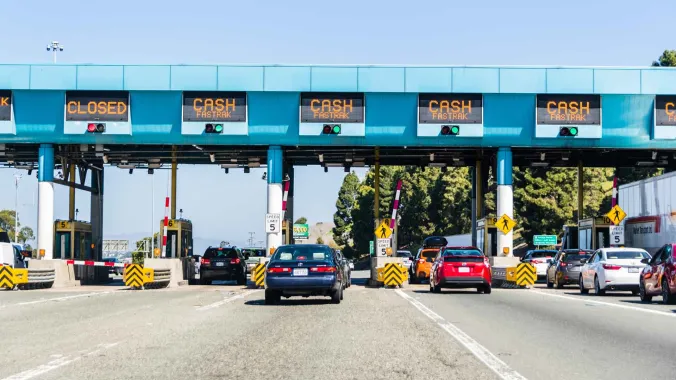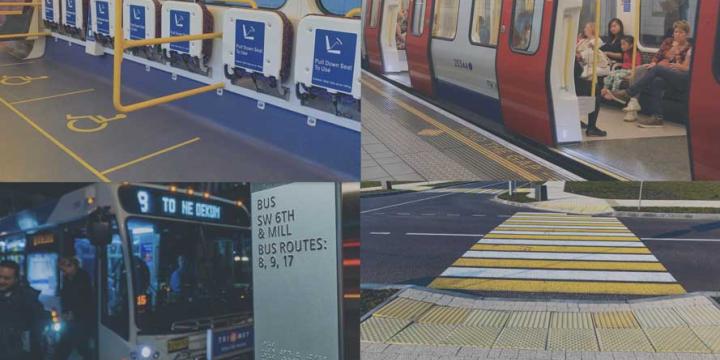Course Info
6 video lessons (56 Mins)
Published
2022-
4.48
Preview Course
Browse Course Chapters
-
1.Introduction
2 mins
-
2.The Simple Logic of Congestion Charges
17 mins
-
3.The Varieties of Congestion Charging
9 mins
-
4.How Cordon Charges Work
9 mins
-
5.The Fairness of Congestion Pricing
13 mins
-
6.Conclusion
4 mins
What You Will Learn
- Understand the logic behind using prices to manage congestion.
- See examples of how congestion pricing has worked in different situations.
- Consider common objections to congestion pricing, particularly equity-based objections.
- Understand who pays and who benefits from tolled and free roads.
- Learn how pricing can address triple convergence.
Course Description
This course on congestion pricing is the second of a two-part series on traffic congestion. Part I of the series examined congestion’s causes and consequences, and then built on that knowledge to help explain why many common approaches to congestion do not work. Part II of the series examines a policy that is likely to work: charging dynamic tolls to use roads. This policy, often called congestion pricing, is almost universally endorsed by transportation economists, but met with skepticism by the public. Congestion pricing is a hot topic in contemporary planning: the state of New York has been working in fits and starts toward a congestion pricing scheme for parts of Manhattan for years, with the system likely to be in place in 2023.
The course will dive into congestion pricing: what it is, why it could work, and how governments might implement it. We will also consider some of the most common objections to the concept: Is it unfair double-taxation? Will it just push spillover traffic onto other roads? Most of all, is it an unfair burden on low-income people?
Learn these skills
- Economics
- Environmental Planning
- Equity
- Financing
- Regional Planning
- Transportation
- Urbanism



























